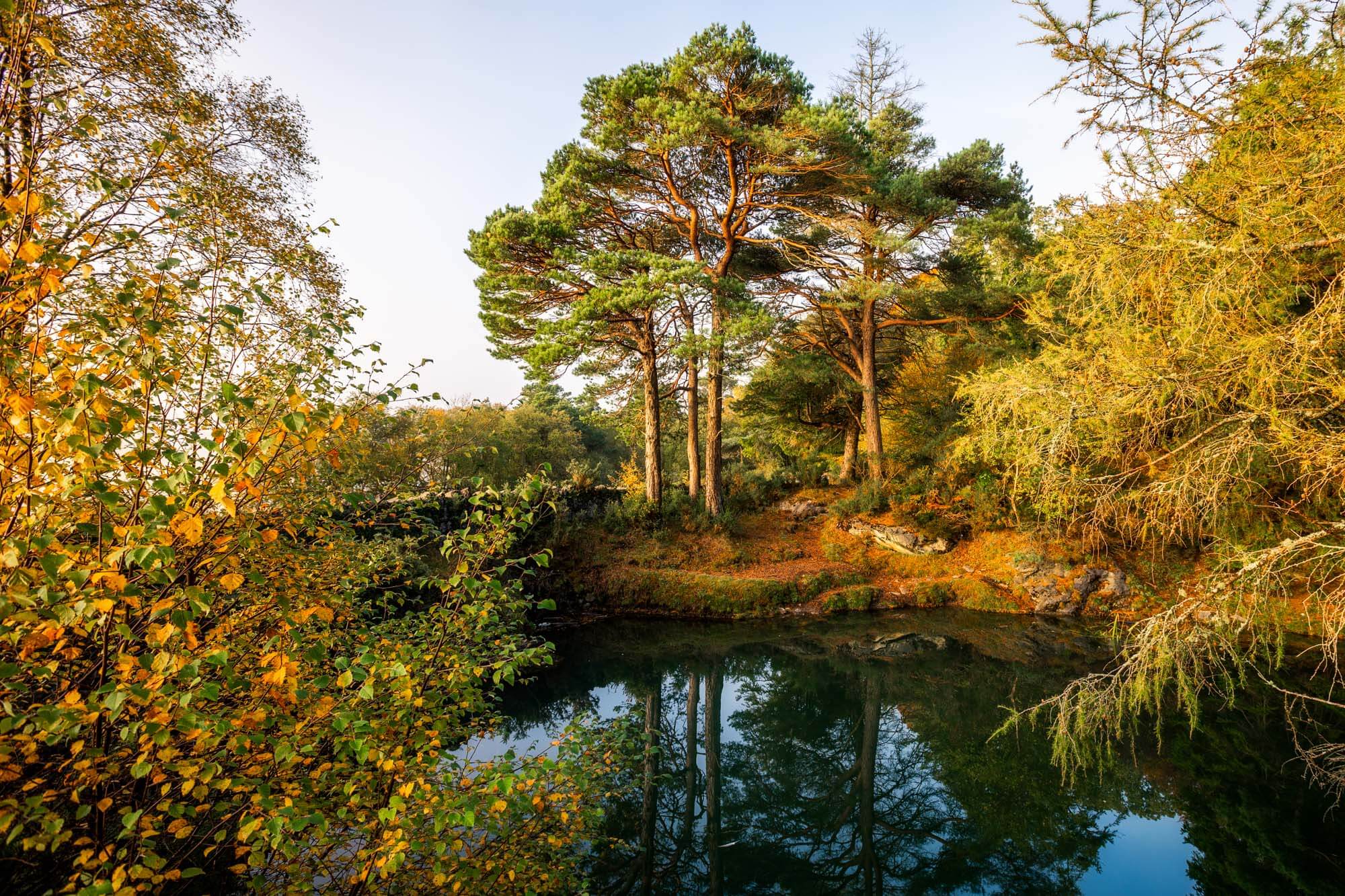
Muckross House
Take a guided tour of this exquisite 19th-century Victorian mansion. Once the home of the Herbert family, it was gifted to the state, along with acres of land, which formed the genisis of Killarney National Park.

Ross Castle
This 15th-century tower house and keep on the shores of Lough Leane (Lake of Reading) is the ancestral home of the O'Donoghue clan and the last stronghold in Ireland to fall to Cromwellian forces.

Wildlife
Killarney National Park is teeming with intresting wildlife. Be sure to visit in late October, during the rut, when the Red Deer stags are at thier biggest and vie for their own harem of females. And don't forget to look up, where you might catch a sighting of one of the great Sea Eagles that reside in the park.

Copper Mines
Dating back 4500 years, to the Bronze Age, the Ross Island Copper Mines are said to be the earliest examples of metal mines in North Western Europe. The deep-blue pools of water are caused by an abundance of copper deposits in the rocks in this area.